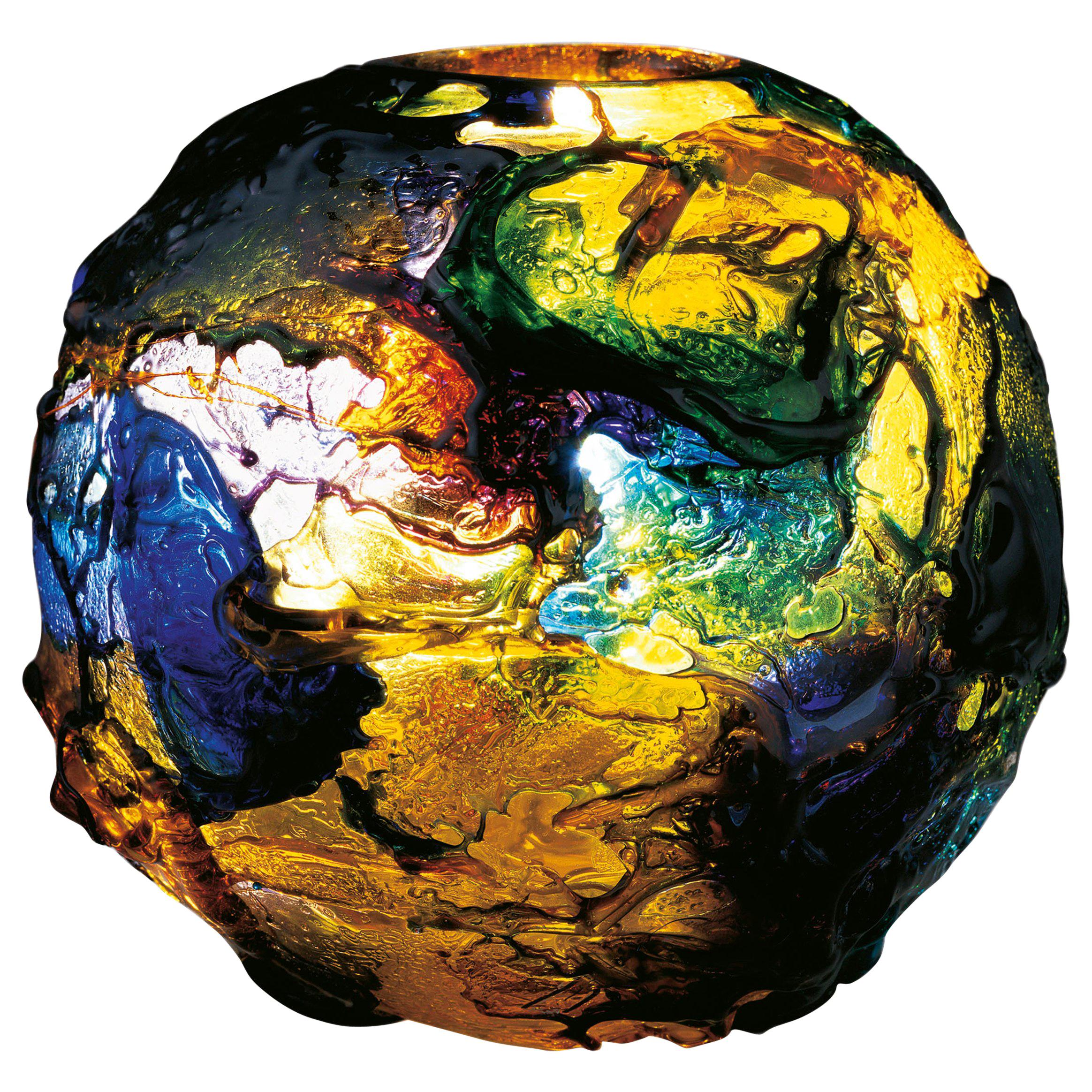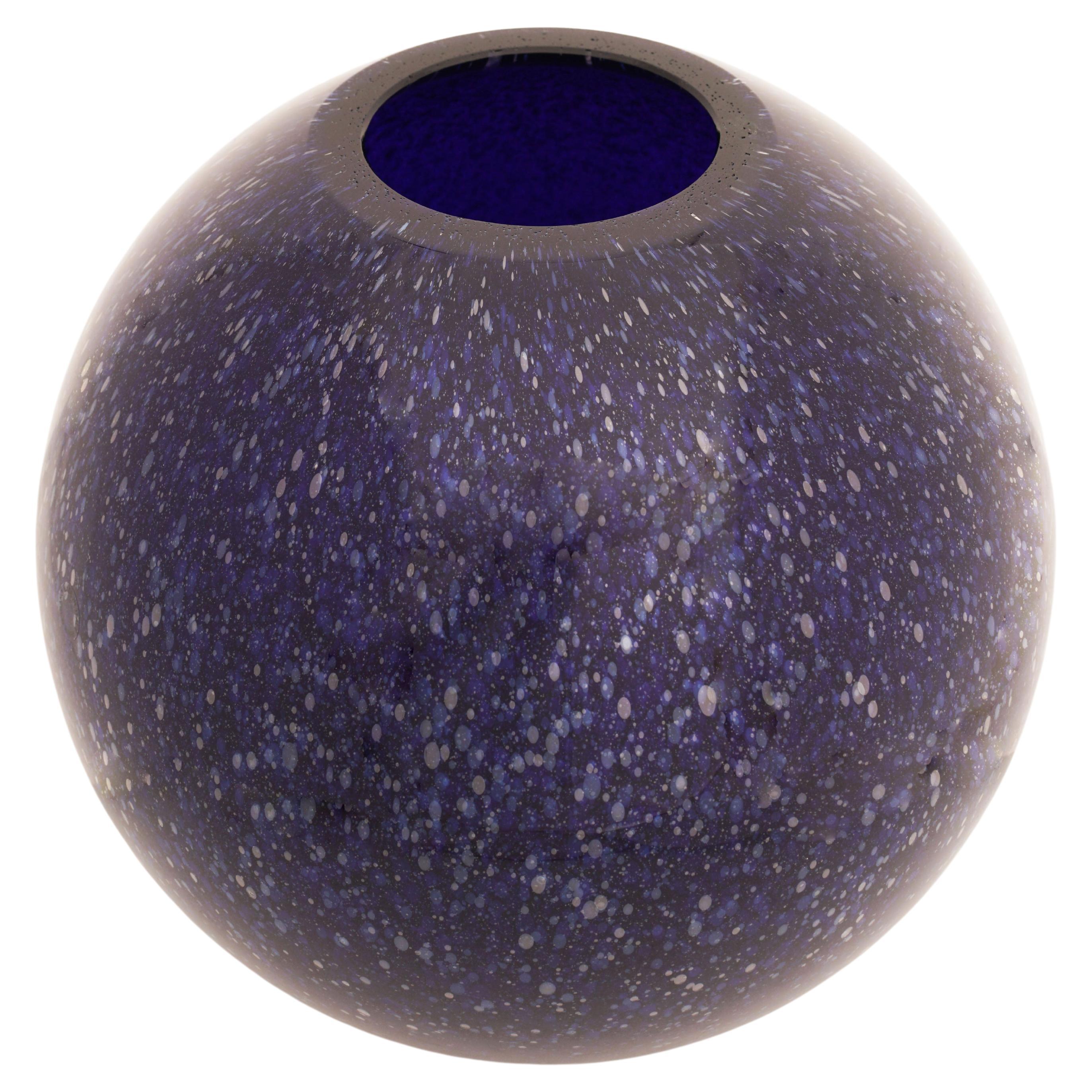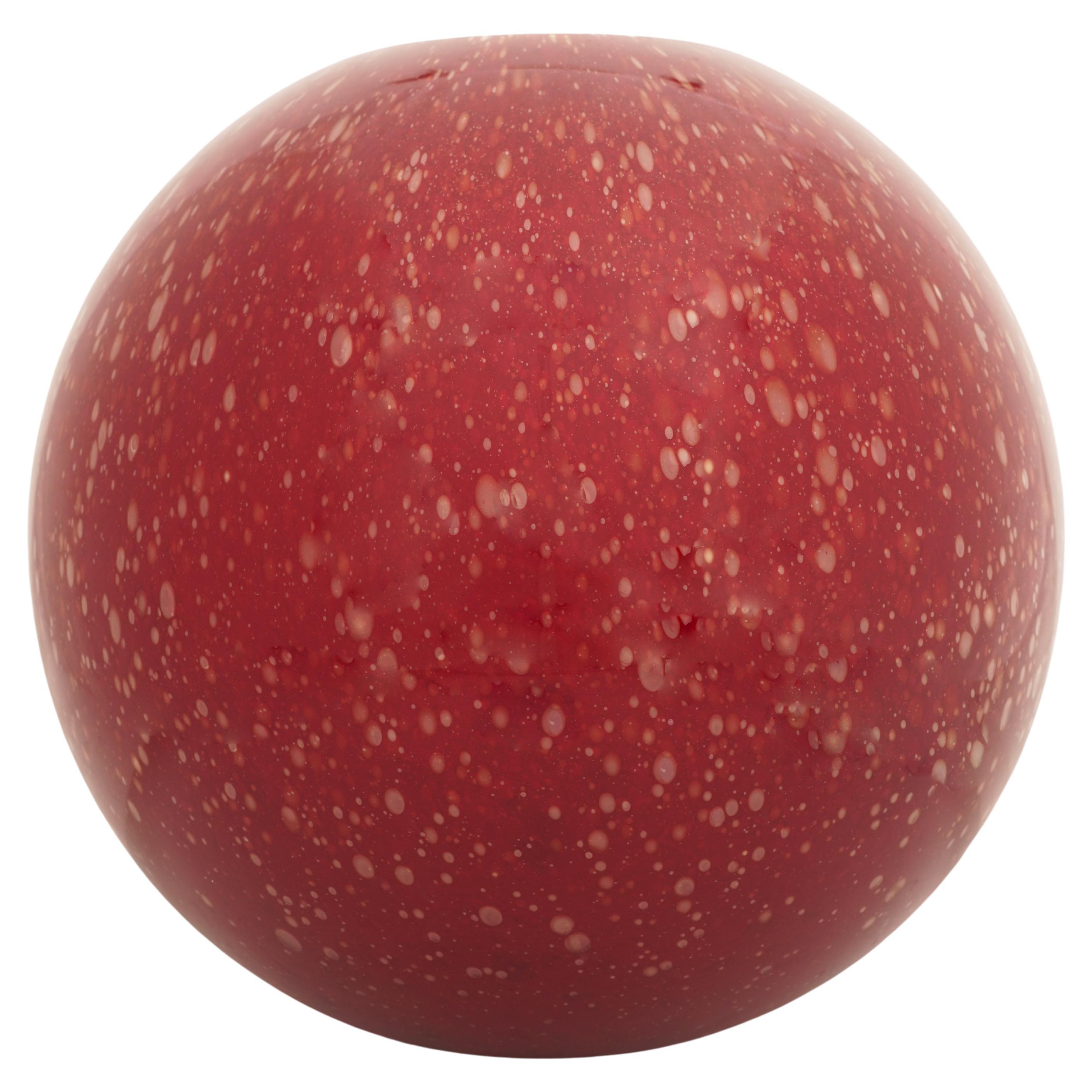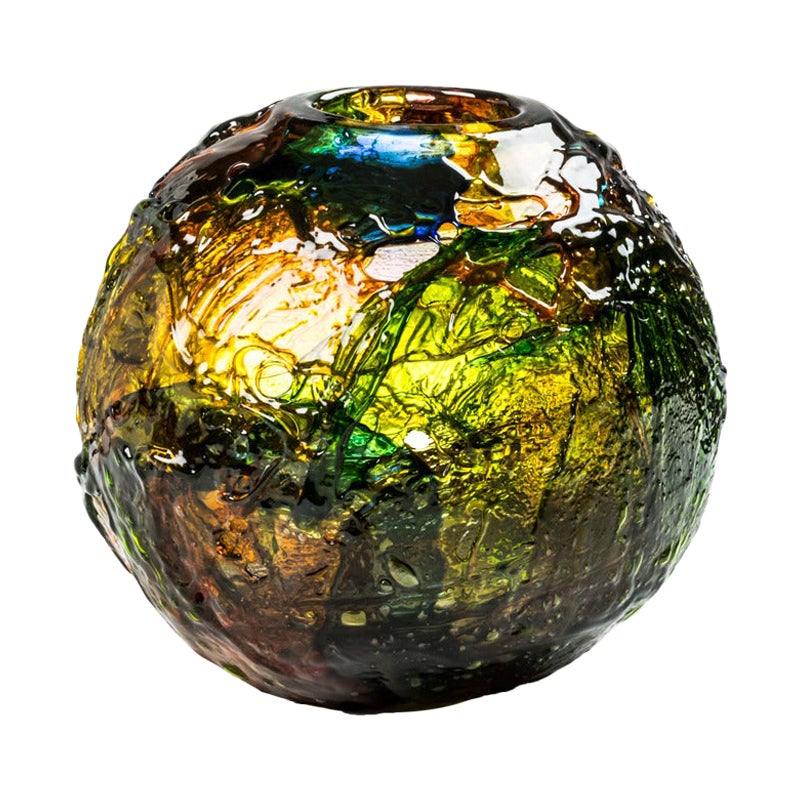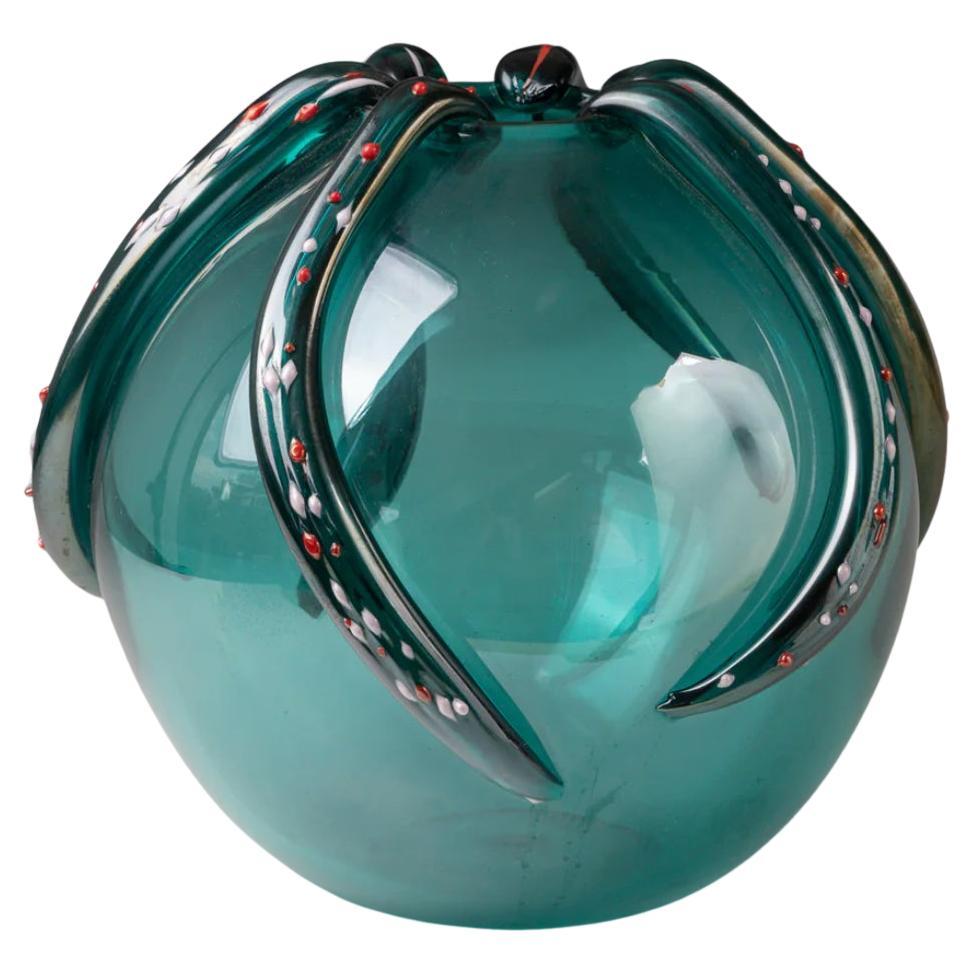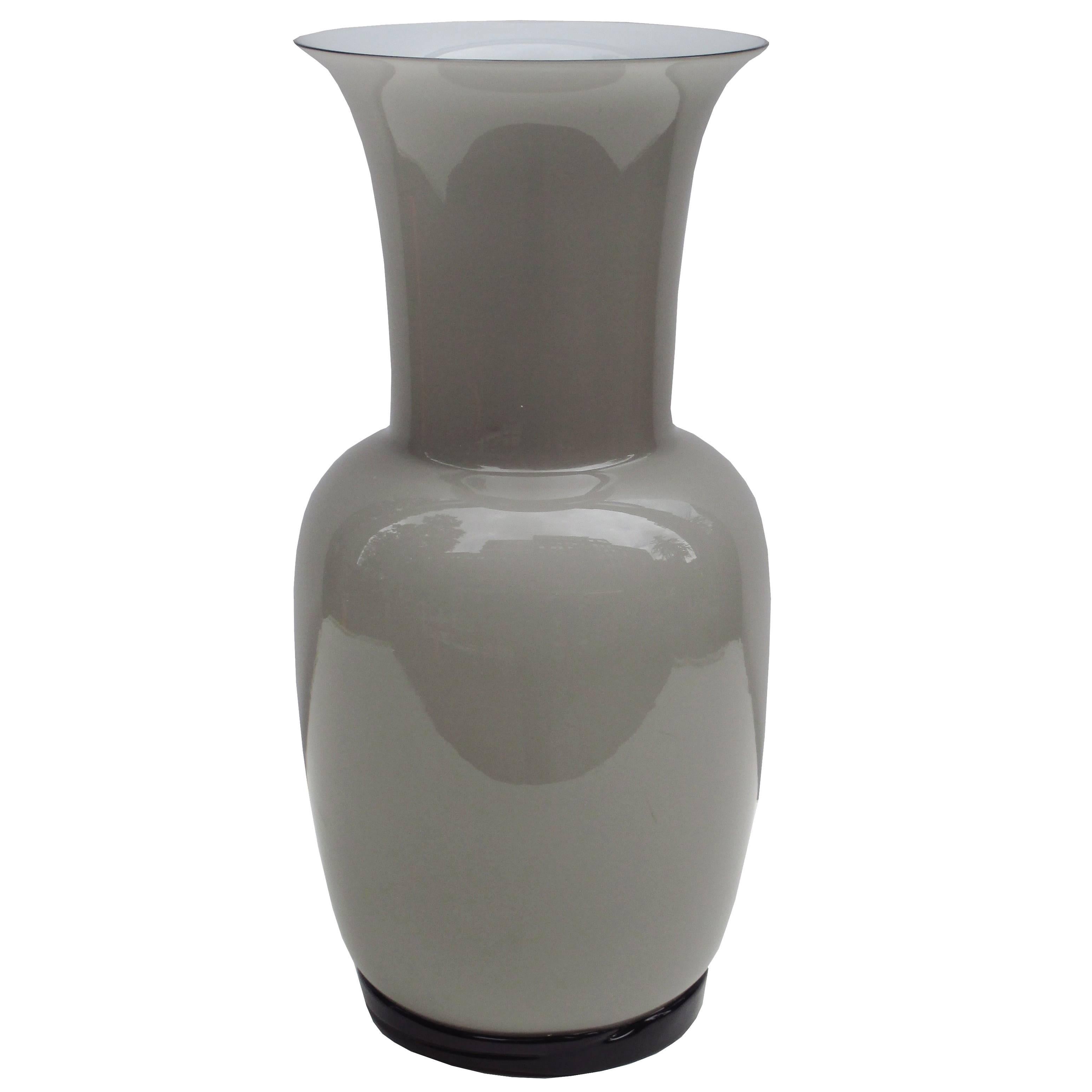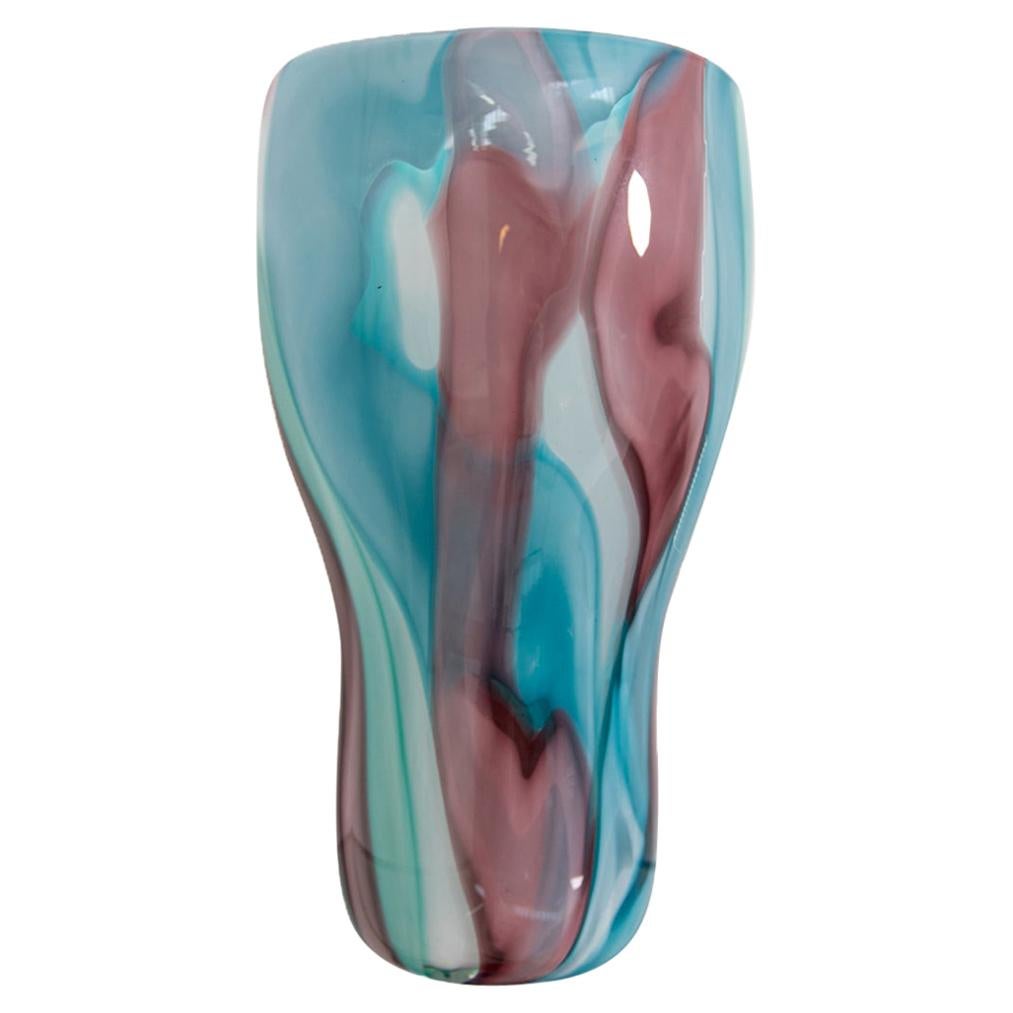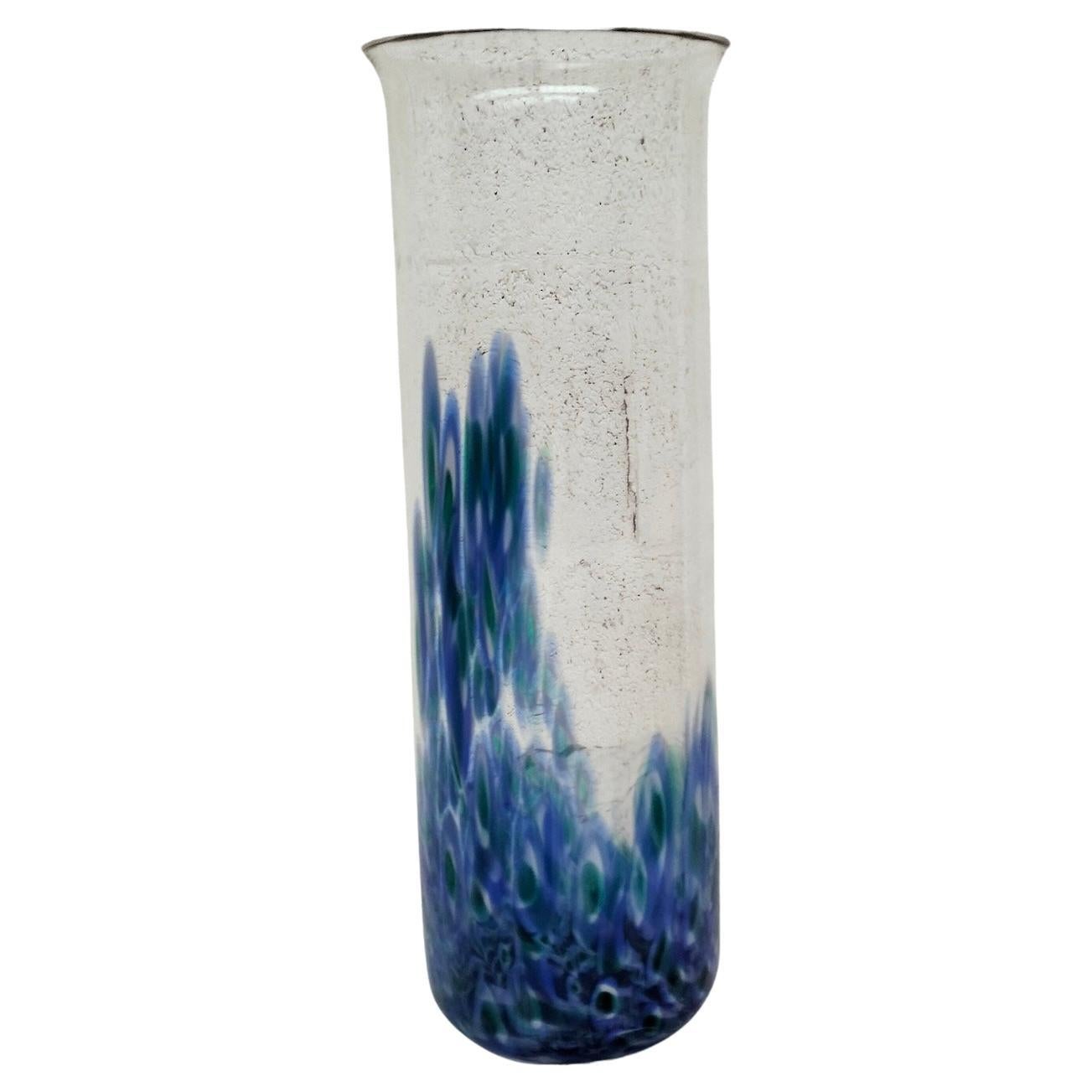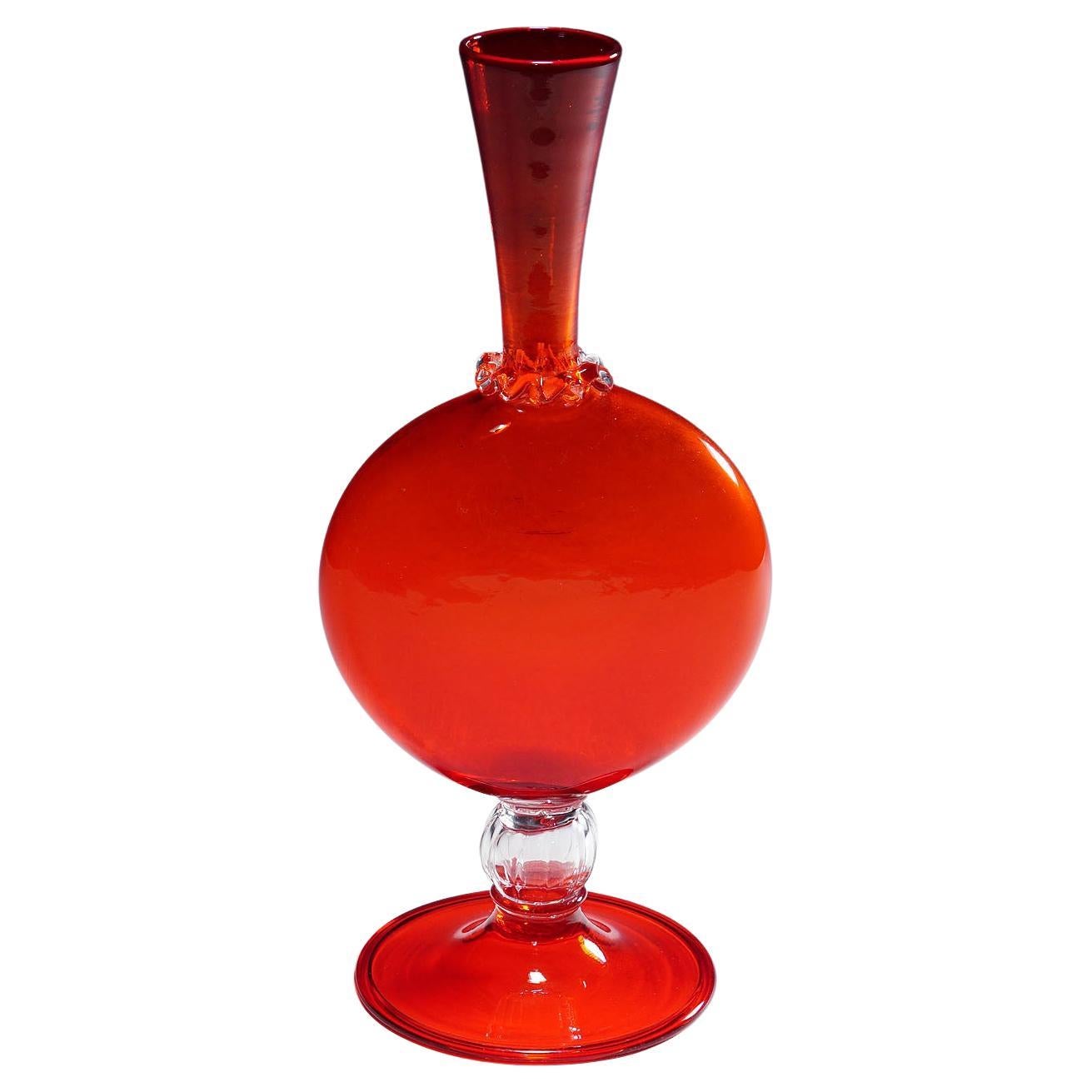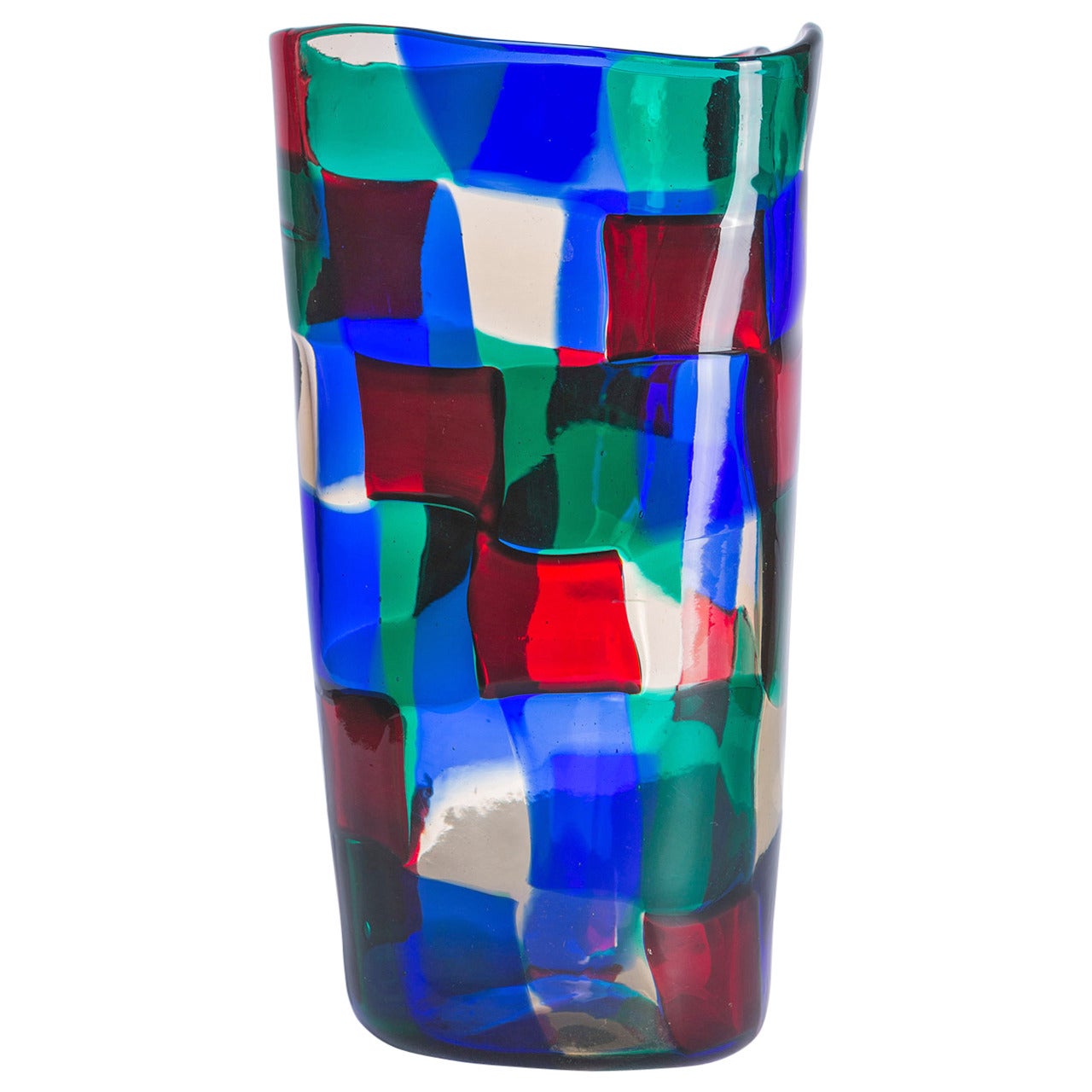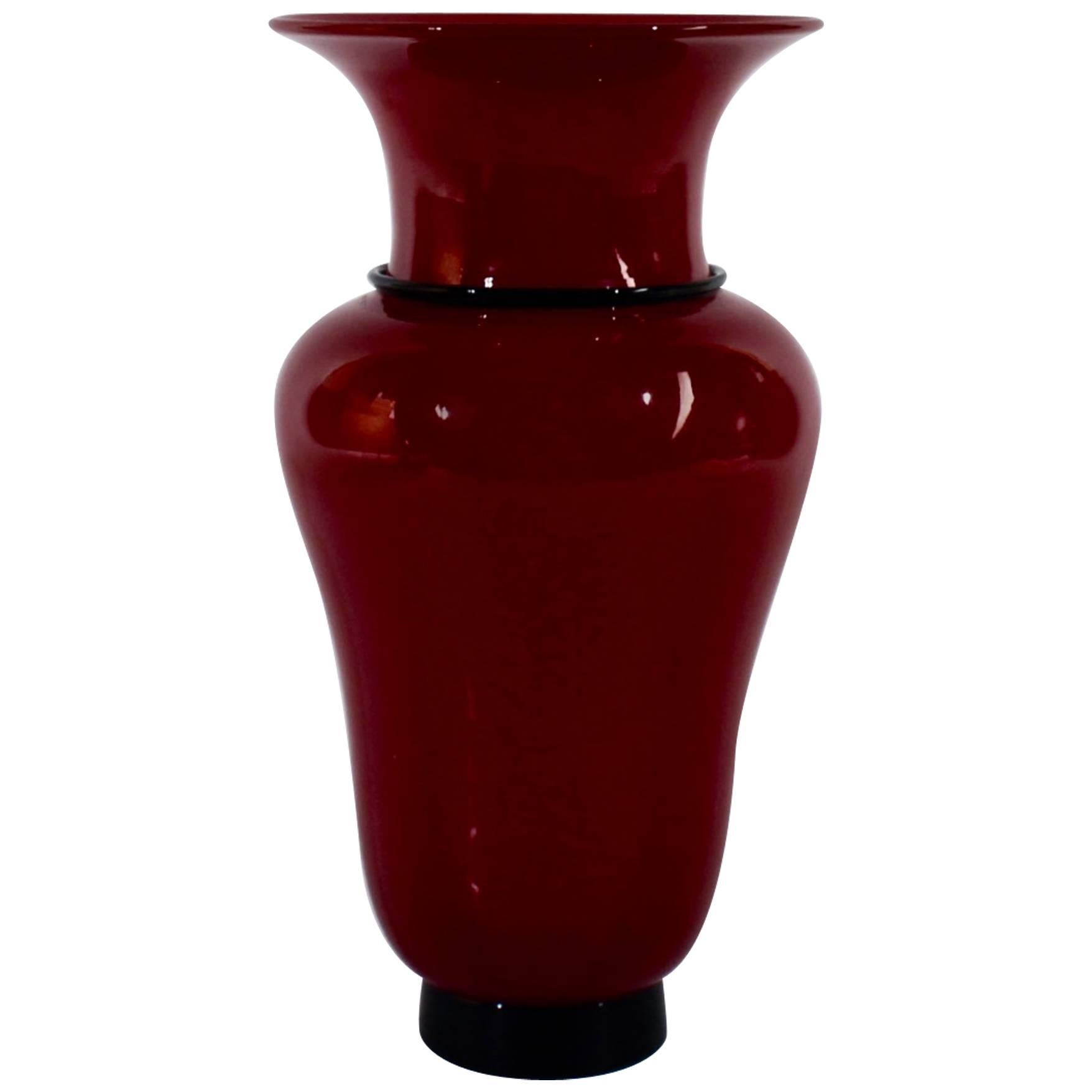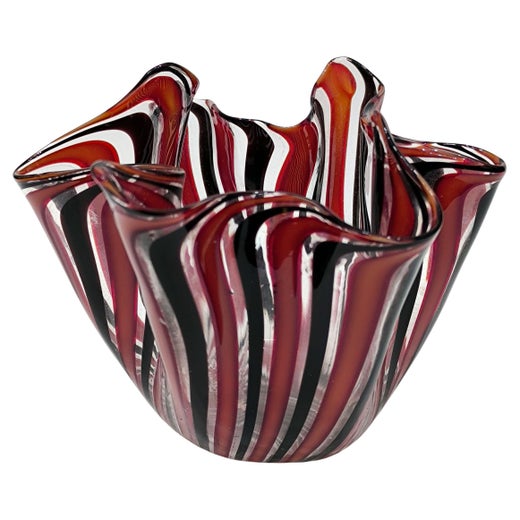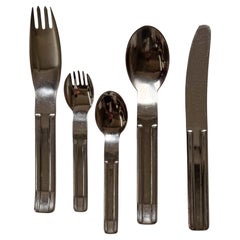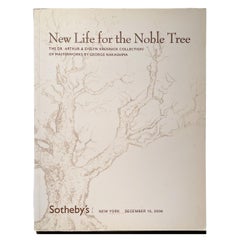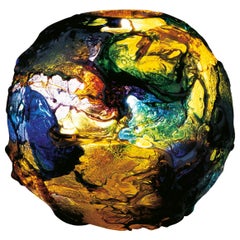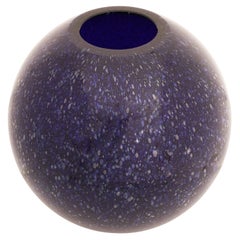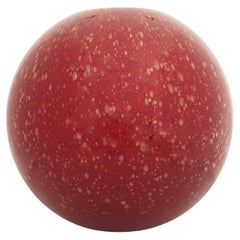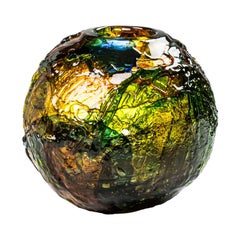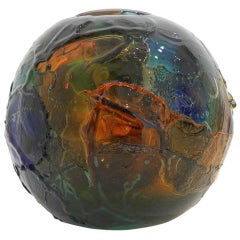
"Geacolor" Glass Vase by Gae Aulenti for Venini
View Similar Items
"Geacolor" Glass Vase by Gae Aulenti for Venini
About the Item
- Creator:Venini (Maker),Gae Aulenti (Designer)
- Dimensions:Height: 12 in (30.48 cm)Diameter: 12 in (30.48 cm)
- Style:Mid-Century Modern (Of the Period)
- Materials and Techniques:
- Place of Origin:
- Period:
- Date of Manufacture:1996
- Condition:Wear consistent with age and use. Fine original condition with only minor superficial scratches to bottom, consistent with age.
- Seller Location:New York, NY
- Reference Number:1stDibs: LU82851089938
Gae Aulenti
The Italian architect and designer Gae Aulenti will forever be best remembered for her work with museums, in particular her 1980–86 renovation of a Beaux Arts Paris train station to create the galleries of the Musée d’Orsay. Aulenti — whose first name, short for Gaetana, is pronounced “guy” — should also be recalled for her tough intellectual spirit and for working steadily when few women found successful architectural careers in postwar Italy.
After she graduated from the Milan Polytechic in 1954, Aulenti opened an architectural office. She also joined the staff of the progressive architectural magazine Casabella, whose editorial line was that the establishment, orthodox modernism of Le Corbusier and the Bauhaus, had outlived it usefulness. When their movement for fresh approaches to architecture and design received a sympathetic hearing, Aulenti found patrons — most prominently Gianni Agnelli, of Fiat, who later employed her to renovate the Palazzo Grassi in Venice for use as an arts exhibition space.
Commissions for showrooms and other corporate spaces brought Aulenti to furniture design. She felt that furniture should never dominate a room. Her chairs and sofas — low-slung, with rounded enameled metal frames and ample seats — and tables, particularly her 1972 marble Jumbo coffee table for Knoll, project solidity and sturdiness. In lighting design, however, Aulenti is bravura.
Each work has a marvelous sculptural presence. Pieces such as her Pipistrello table lamp and Quadrifoglio pendant are a perfect marriage of organically shaped glass and high-tech fixtures. Others have a futuristic elegance — and some even have a touch of personality. Aulenti’s Pileino and La Ruspa table lamps each look almost like little robots. Her lighting pieces are an artful grace note in the career of a woman who believed in strength.
Find vintage Gae Aulenti armchairs, coffee tables and other furniture on 1stDibs.
Venini
Beginning in the 1930s — and throughout the postwar years especially — Venini & Co. played a leading role in the revival of Italy’s high-end glass industry, pairing innovative modernist designers with the skilled artisans who created extraordinary chandeliers, sconces and other lighting in the centuries-old glass workshops on the Venetian island of Murano.
While the company’s co-founder, Paolo Venini (1895–1959), was himself a highly talented glassware designer, his true genius was to invite forward-thinking Italian and international designers to Murano’s hallowed workshops to create Venini pieces — among them Gio Ponti, Massimo Vignelli, Finnish designer Tapio Wirkkala, Thomas Stearns of the United States and Fulvio Bianconi.
Paolo Venini trained and practiced as a lawyer for a time, though his family had been involved with glassmaking for generations. After initially buying a share in a Venetian glass firm — he and antiques dealer Giacomo Cappellin established Vetri Soffiati Cappellin Venini & C. in 1921 — Venini took over the company as his own in 1925, and under his direction, it produced mainly classical Baroque designs.
In 1932, Venini hired the young Carlo Scarpa— who would later distinguish himself as an architect — as his lead designer. Scarpa, working in concert with practiced glass artisans, completely modernized Venini, introducing simple, pared-down forms; bright primary colors; and bold patterns such as stripes, banding and abstract compositions that utilized cross sections of murrine (glass rods).
Paolo Venini’s best designs are thought to be his two-color Clessidre hourglasses, produced from 1957 onward, and the Fazzoletto (“handkerchief”) vase, designed with Bianconi in 1949. Bianconi’s masterworks are considered by many to be his Pezzato works — colorful vases with patterns that resemble those of a patchwork quilt.
Other noteworthy and highly collectible vintage Venini works include Ponti’s dual-tone stoppered bottles (circa 1948); rare glass sculptures from the Doge series by Stearns, the first American to design for the firm; Vignelli’s striped lanterns of the 1960s; the Occhi vases with eyelet-shaped patterns by Tobia Scarpa (son of Carlo); and, with their almost zen purity, the Bolle (“bubbles”) bottles designed by Wirkkala in 1968.
With these works — and many others by some of the creative titans of the 20th and 21st centuries — Venini has produced one of the truly great bodies of work in modern design.
Find antique and vintage Venini chandeliers, serveware, table lamps, decorative objects and other furniture on 1stDibs.
More From This Seller
View AllVintage 1950s Swedish Scandinavian Modern Vases
Glass
Vintage 1970s Austrian Mid-Century Modern Tableware
Stainless Steel
Early 2000s American American Craftsman Books
Paper
Early 2000s American Mid-Century Modern Stools
Chrome
Vintage 1950s American Mid-Century Modern Chairs
Metal
Vintage 1970s American Mid-Century Modern Books
Plastic, Paper
You May Also Like
21st Century and Contemporary Italian Modern Vases
Glass
1990s Italian Post-Modern Vases
Glass
1990s Italian Post-Modern Vases
Glass
21st Century and Contemporary Italian Vases
Glass
Early 2000s Vases
Murano Glass
Vintage 1980s Italian Modern Glass
Art Glass
